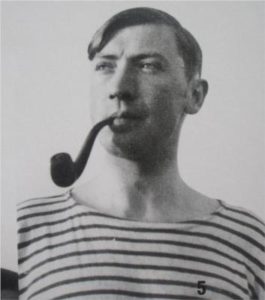
1905 - 1982
Felix Labisse
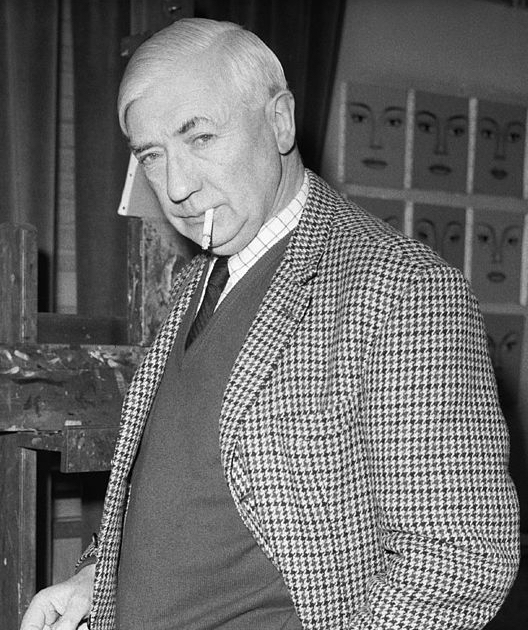
description
A French surrealist – painter, graphic artist, a master of art illustration and theatre design, a director and author of scripts and other literary works. Felix Labisse, who was born in France, worked with James Ensor in Belgium at the beginning.
After moving to Paris in 1927, the 22-year-old artist immediately became close to the elite of French culture, including representatives of the theater and literature. His friends Paul Eluard, Philippe Soupault, Robert Desnos, Jacques Prévert and Jean-Louis Barrault wrote poems, articles, essays and monographs about the artist.
From the beginning of 1940s, the artist became one of the largest figures of the new French art and devoted much creative power to not only painting, but also illustrations (his largest projects are 30 paintings to the “Natural History” and design for the book of Baudelaire’s poems) and set design. The master created costumes and scenery for 60 plays; in particular, he was the one who created decorations for the “Process” by Kafka, which was staged by great French director Jean-Louis Barrot.
The works of Felix Labisse are exhibited not only at the main museums of France, but also at galleries of Belgium and at the P. Guggenheim Museum in New York, the USA. However, most of the works are in private collections and are popular at international art auctions.
Key ideas:
– The first creations of Felix Labisse were influenced by Flemish Expressionism and the work of J. Ensor, a native of the Belgian city of Oostende, who loved symbols, modernism techniques in depicting peasants, cohorts of warriors, dwarves and masks. All these motifs are present in the early art of Labisse.
– After arriving to Paris, the 22-year-old artist quickly learned the innovations and started working under the sign of various metamorphoses. Exploring the boundaries of fantasy, magic, esoteric rituals and eroticism, the artist came to feminine characters with seductive bodies – their flowing forms were painted in a smooth manner. Plots of paintings also had strange mood, often a theatrical and timeless world.
– In the early 1960s, the first blue women of the artist appeared, contributing to his fame. Smooth and thin figures of ancient heroines and historical characters have a smooth color from pale blue and turquoise to dark blue.
– The artist did not always avoid surrealistic clichés and used images of spilling blood, flights, cluttering up figures and incomprehensible objects, as well as scenes with crazy ceremonies. A certain sense of humor and naked penchant for eroticism dominate in his paintings.
– As a talented set designer, who designed more than 60 productions, Felix Labisse felt the need to reunite with dancers and actors, and even with the machinists of the stage. All his costumes and decorations organically complemented the text of the script. His stage design is not a framework limiting the action, but the materialization of each episode.
1905
1922
1928
1930
1932
1938
1944
1945
1954
1956
1959
1964
1969
1982
The birth of the artist
He attended the Sea Fisheries School at the Oostende
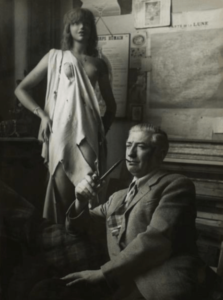
Felix abandoned his career as a sailor

"Tribord"

Started to live in Paris permanently
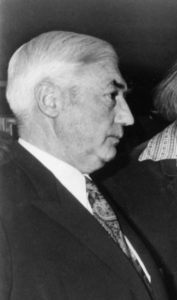
His personal opening day was held at the Art Palace in Brussels

“The Troubles of War"
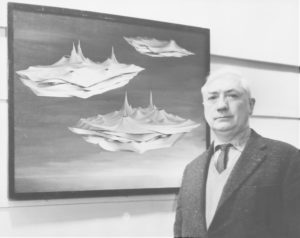
Participated in the exhibition "Surrealism" at the Gallery of publications La Boétie in Brussels
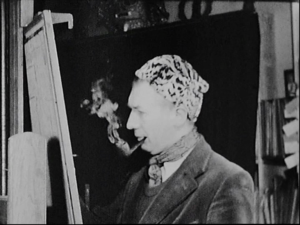
“Fantastic Art”
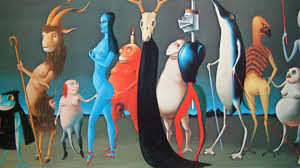
Arranged a retrospective of Salvador Dali at the casino Knokke.
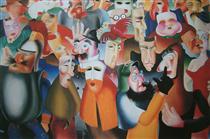
He was appointed curator of the Biennale in São Paulo

The first "blue women"

Was a member of the jury of the Cannes Film Festival

The death

Felix Labisse
On Artist
flow
Symbolism
Expressionism
Surrealism
friends
Paul Delvaux
Max Ernst
Constant Permeke
Leon Spilliart
Henri Vandeputt
Rene Magritte
Andre Masson
artists
James Ensor
Gustave Moreau
Salvador Dali
By Artist
flow
Surrealism
Abstract expressionism
friends
Paul Delvaux
Andre Masson
artists
Christian Dotremont
